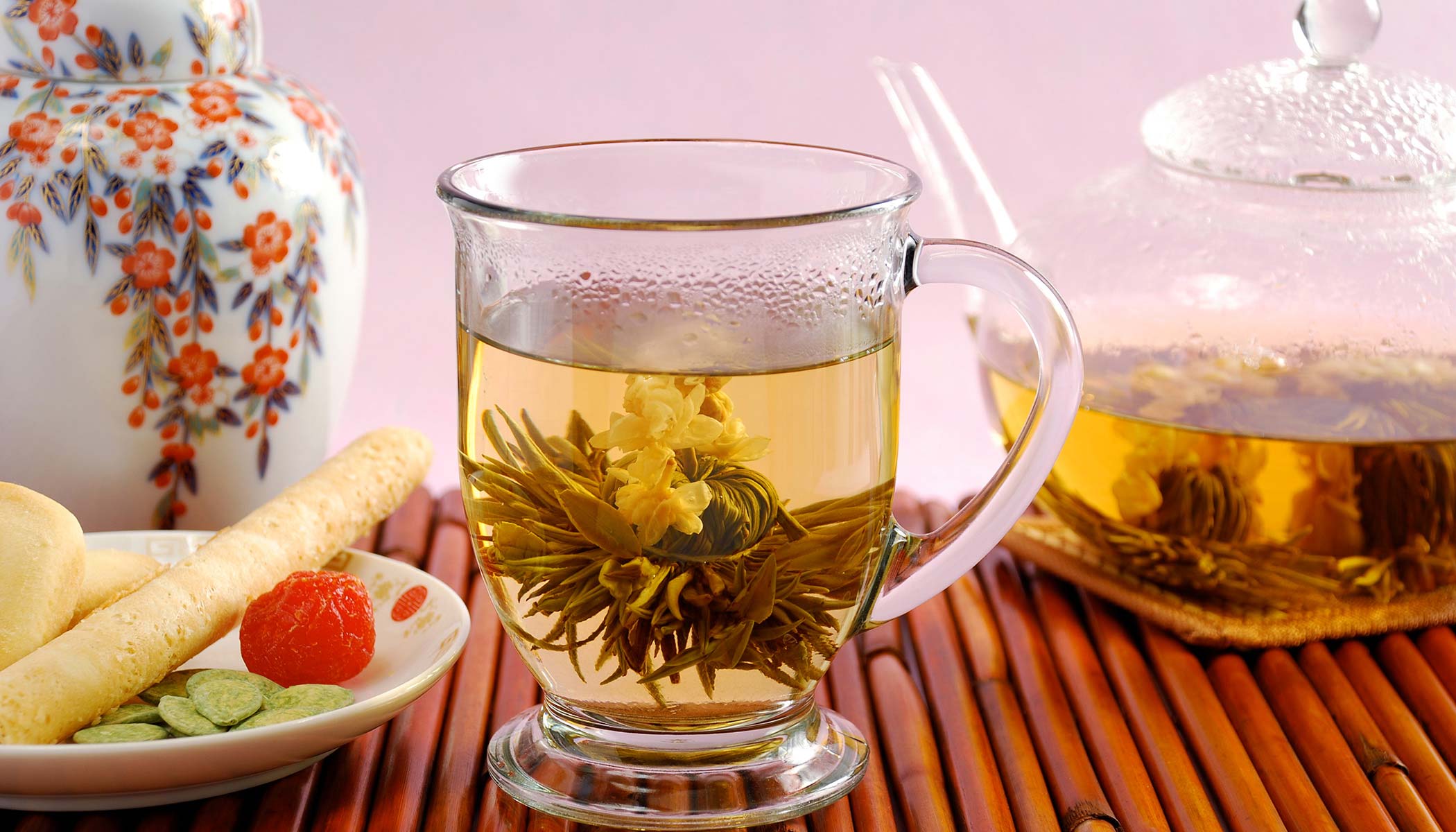
Did you know that tea is the second most consumed beverage on earth after water? Tea is a delicious, healthy beverage that comes in many varieties, colors, and forms, and is a delightful pick-me-up for when you need a boost of focus, or when you want to relax and unwind after a long day.
In this post, we’ll explore everything you need to know about the most popular types of tea, how they’re processed, and how to prepare them for optimal flavor. We hope that by the end of this guide, you’ll gain a new appreciation for tea and love it just as much as we do.
What is Tea?
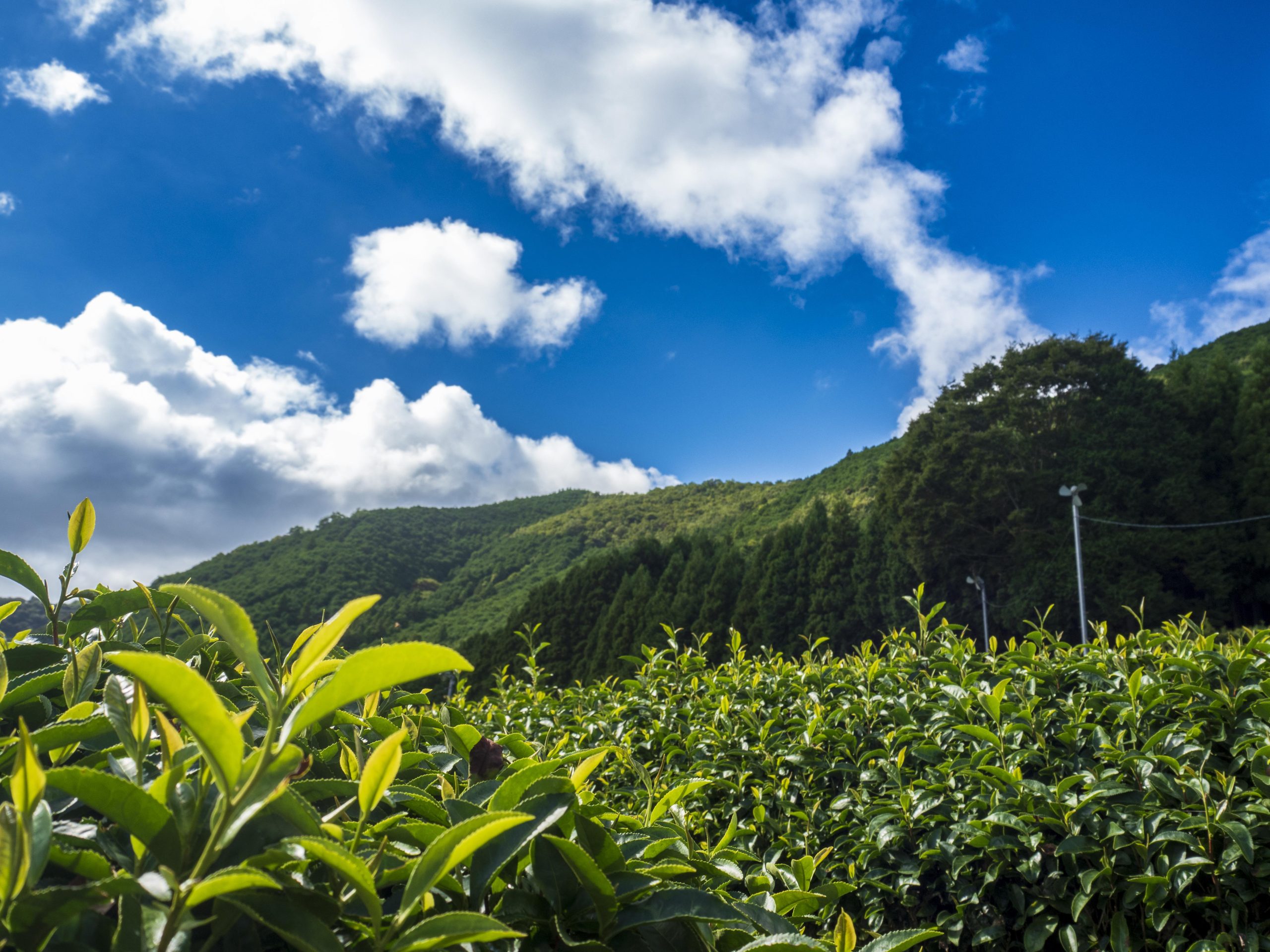 All tea is made from leaves of the Camellia sinensis plant, which is native to countries across Asia. It’s been around for thousands of years, with deep roots in China and Japan, but is now grown and enjoyed all across the globe.
All tea is made from leaves of the Camellia sinensis plant, which is native to countries across Asia. It’s been around for thousands of years, with deep roots in China and Japan, but is now grown and enjoyed all across the globe.
It has become a staple in many countries for its many health benefits, from helping prevent heart disease and cancer, aiding in weight loss, and lowering cholesterol levels. With hundreds of varieties and flavors, differences relate to how they are grown, processed, and prepared. Let’s walk through the main categories of tea and how they are processed next.
Different Types of Tea
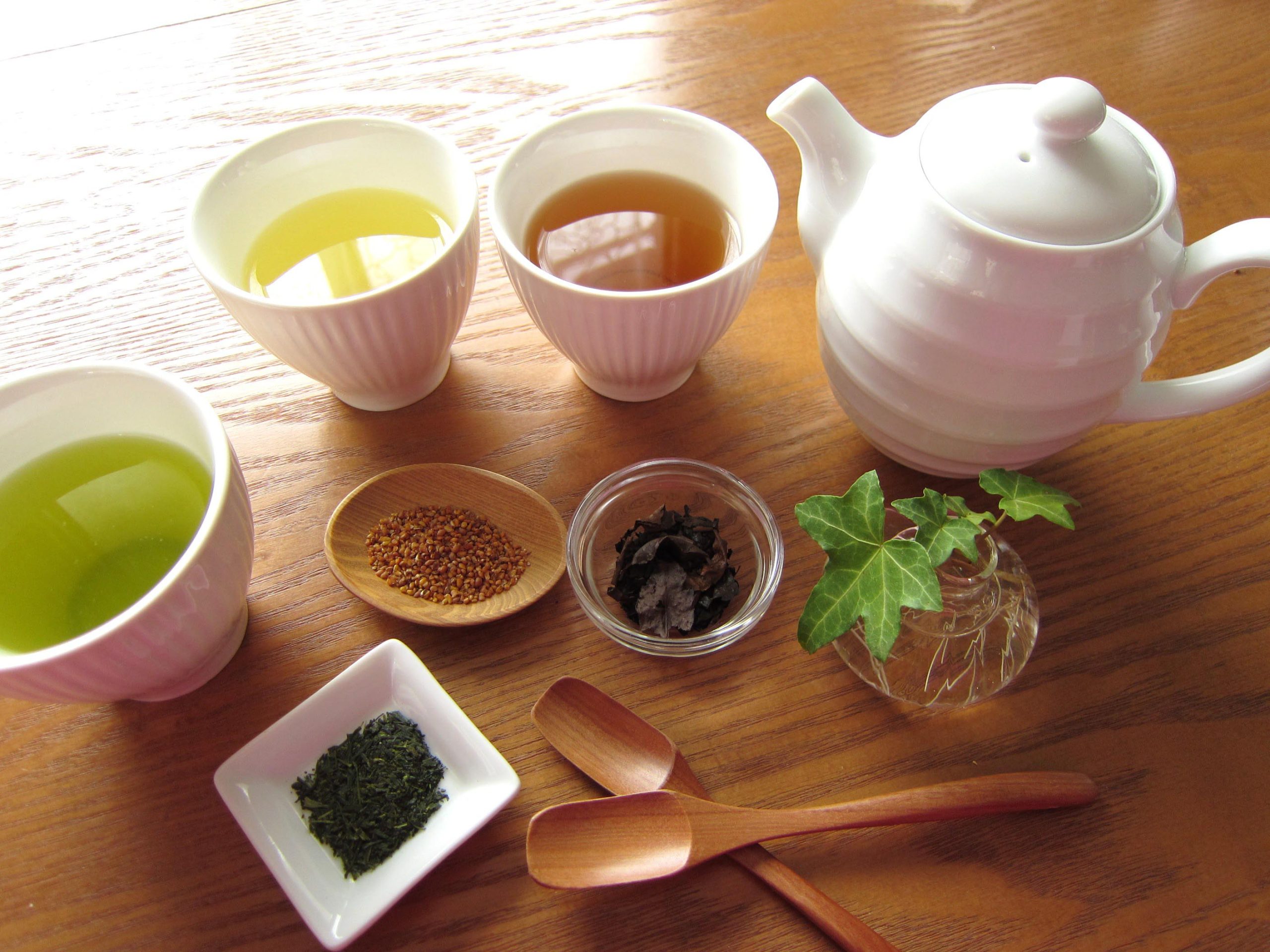 Loose leaf tea: Loose leaf tea refers to tea leaves that have not been cut or crushed in processing. Because of this, loose leaf tea tends to have more flavor than bagged tea. More often than not, these types of loose leaf teas will also be more aromatic than their bagged counterparts.
Loose leaf tea: Loose leaf tea refers to tea leaves that have not been cut or crushed in processing. Because of this, loose leaf tea tends to have more flavor than bagged tea. More often than not, these types of loose leaf teas will also be more aromatic than their bagged counterparts.
White tea: White tea is a premium variety known for its high concentration of antioxidants that can help protect against cancer. White tea is the least processed of all teas, as it’s plucked early in the season from buds are covered with fine white hairs, and the leaves are not oxidized at all. Instead, they are steamed or air-dried immediately after harvest. Some tea producers even roll them into small pearls.
Green tea: Studies have shown that green tea can help boost metabolism, improve skin complexion, and even help improve sleep quality and reduce inflammation. They’re an effective source of theanine, a compound that can help calm your nerves and reduce the effects of stress on your body. Unlike black tea, which is fermented for at least 4 hours before drying, green tea is steamed and then dried very quickly to preserve its fresh, vegetal flavor.
Gyokuro tea: Gyokuro is a type of green tea that we felt deserved its own section due to its truly unique characteristics. It is a Japanese tea that is considered to be of the finest quality. Gyokuro is known as “jade dew,” because it’s made from young leaves plucked before they’ve fully opened. This makes them extremely delicate and flavorful, with high levels of natural caffeine content, and a crisp, refreshing flavor profile that pairs wonderfully with food.
Oolong tea: Oolong is a semi-oxidized tea that is usually processed within 48 hours of picking. Its flavor profile will vary depending on how the leaves are processed and where they were grown. For example, Taiwan tends to produce a smoother style of oolong whereas in China the leaves are rolled more tightly and have more of a bite to them. Oolong can have a range of flavors from floral, fruity, and earthy to flowery and grassy, usually with a thick mouthfeel. Though they are oxidized, they should still taste quite light.
Black tea: Black tea is the most highly processed and heavily oxidized of all teas. It goes through many steps: picking and sorting, withering, rolling, fermenting/oxidizing in a large container (the “wok”), and then drying. The length of time each step takes determines whether it’s a light-colored or dark-colored tea. Black teas are generally very strong in flavor because of their extended oxidation times. They will usually contain about 4% caffeine per cup, which is also higher than other types of teas.
How to prepare the perfect cup of tea
There are many variables to brewing tea correctly, but the most important factors to consider are temperature, type of water, and brew time. For example, using unfiltered water can affect the taste of your tea, while using too hot water can burn the leaves and leave a bitter taste in your mouth. Our Zojirushi water boilers come with four different temperature settings that are ideal for brewing tea. They are as follows:
- 160°F, ideal for most green teas
- 175°F, ideal for matcha tea
- 195°F, ideal for white and oolong teas
- 208°F, ideal for black teas
From green to black to white and everything in between, there’s a tea out there for everyone! Now that you know about different types of tea and how to prepare them, what are you looking forward to brewing next? Make sure to share your thoughts, comments, and questions with us on Twitter, Facebook, or Instagram! #Zojirushi #ZoFan
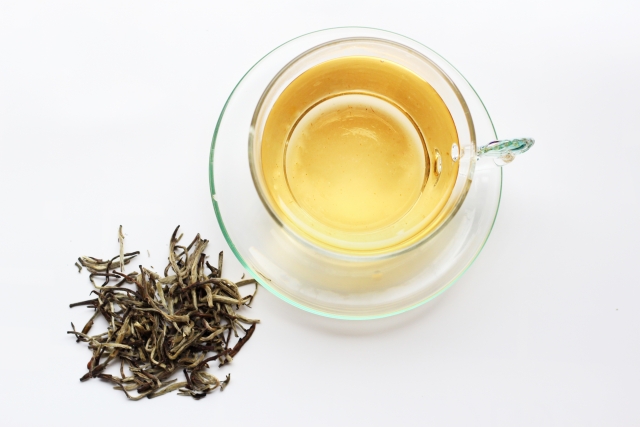
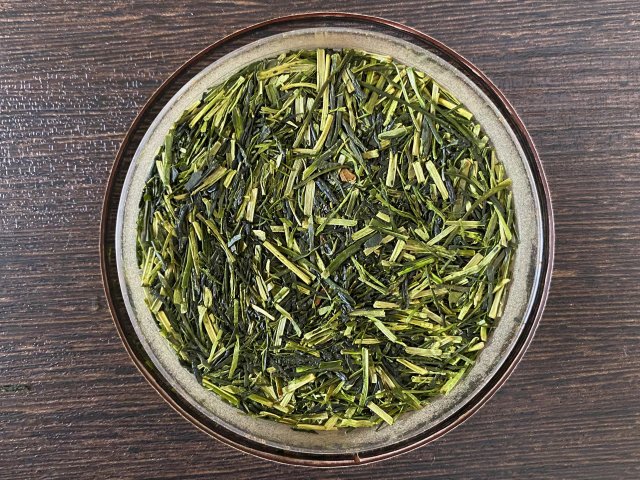
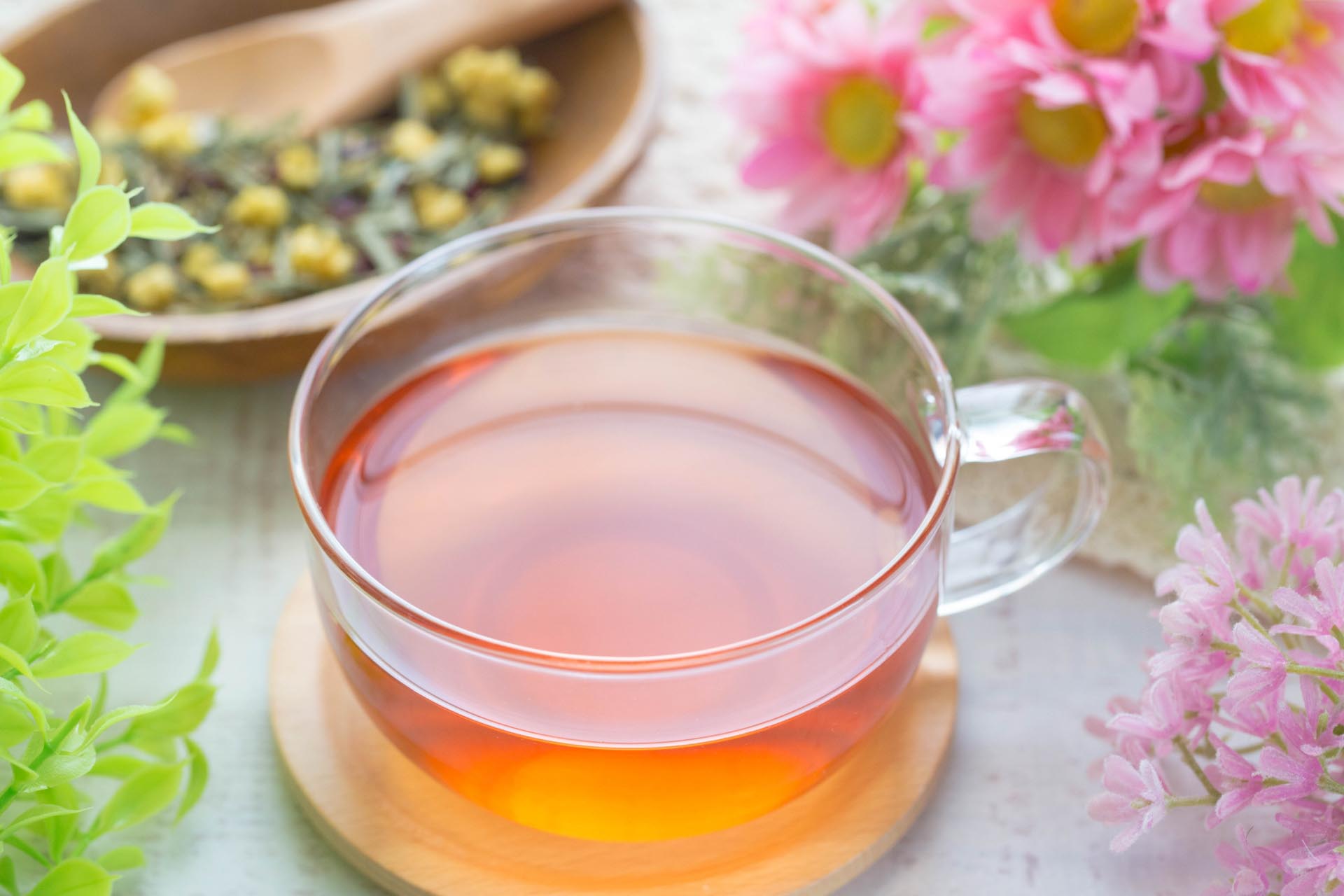
Leave a Reply